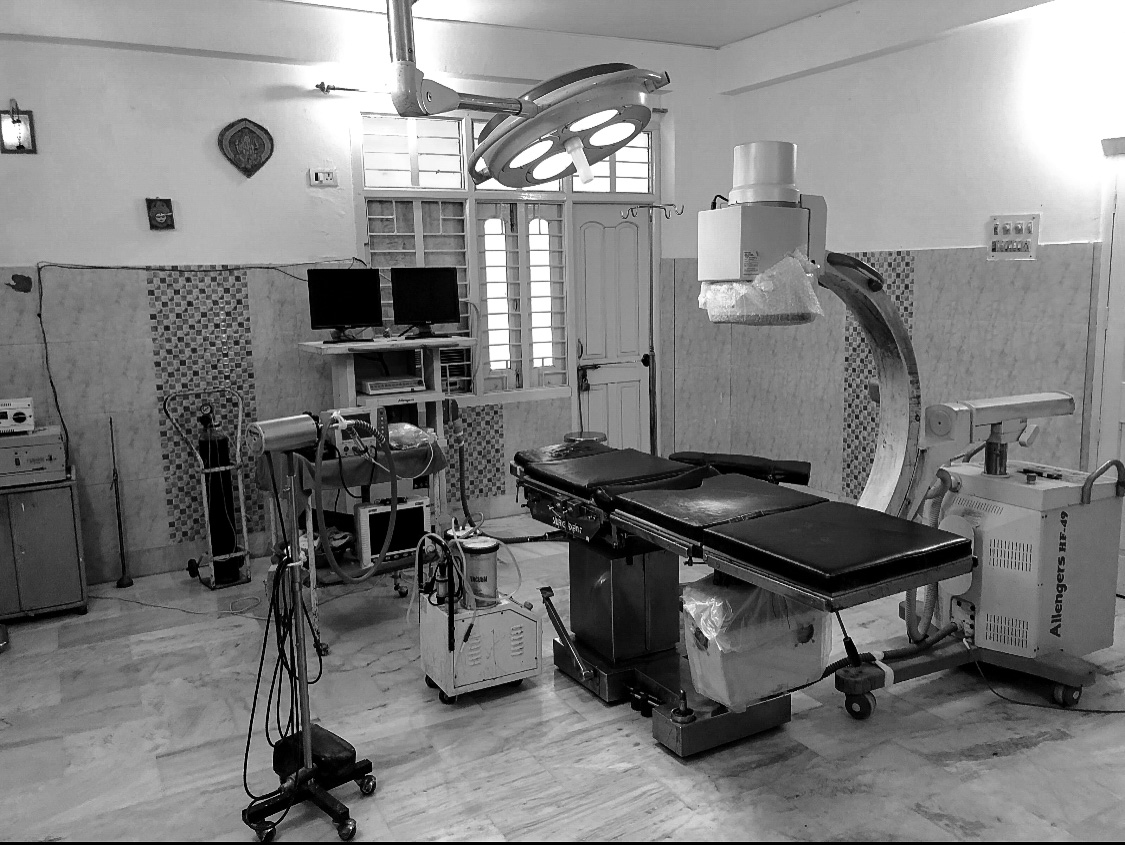

Global surgery is an interdisciplinary field encompassing the cross-cutting segments of surgery, anesthesia, public health, epidemiology, and health policy. This field is relatively young and lesser known than its more popular elder cousin- global health. Sitting at a watershed moment in history where health advocates and leaders have started advocating for universal health coverage, the global surgery covers lots of scope under its umbrella.
It sits at a previously unexplored interface of surgery and public health and advocates for mutually common objective of equitable surgical care. It encompasses provision of quality, affordable, accessible, and timely access to surgical care for surgically treatable emergent and chronic conditions (Bath et al, 2019). The global surgery community is a Smörgåsbord of surgeons, anesthetists, obstetricians, public health experts, nurses, epidemiologists, economists, and allied health professionals. The expertise covers wide ground including, but not limited to, surgical care, system strengthening, public health, advocacy, research, evidence synthesis, economics, geopolitics, and public policy.
The formal kick-off of global surgery as a recognized area of expertise, distinct from global health, was done by the Lancet Commission of Global Surgery (LCoGS) when it published its paper- “Global surgery 2030: evidence and solutions for achieving health, welfare, and economic development” in 2015 (Meara et al, 2015). The paper talked in-depth about the lack of discussion on global surgery from global health discourse and a critical gap in global surgical care. The five key messages presented by the authors continue to find relevance more than 5 years after it was published. Brief excerpts of the messages are listed here verbatim: (Meara et al, 2015)
While most of global surgery focuses on disparities in access to surgical care between low-income, middle-income, and high-income countries, there are other areas of concern. Most notably, inequitable access to surgical care in resource-constrained regions, rural areas, and remote areas with poor connectivity, even within apparently well-off countries. Additionally, even if less talked about, it includes wartime and conflict-zone surgical care.
Although the focus of most of the work in global surgery remains on core issues of surgical care, there are other components that continue to occupy the center of concern for global surgery experts and researchers. Surgical system strengthening, including supply chain maintenance, use of frugal technology, quality improvement projects, and patient safety remain the priority areas of concern. Within the advocacy gambit, policies focusing on inclusion of surgical care as the key component of national health policies remains one of the most popular mode of advocacy. The National Surgical, Obstetric, and Anesthesia Plan (NSOAP), originally devised by the Lancet Commission of Global Surgery as a framework to guide national surgical systems has gained fast adopters with multiple countries across Africa and Asia including it in their national health visions and policies (Peck & Hanna, 2018).
The scope and nature of global surgery remain wide and constantly evolving. The field is still in its nascent stage as a formal structure of knowledge. Multiple programs and courses have come up in recent years imparting skills relevant to global surgery and placing large amount of funds, energy, and time into research and advocacy of global surgery.
Early adopters of any field or system of knowledge have lots to gain and little to lose. With great potentials and wide interests, global surgery has a lot to offer to current and future students, especially for those who have keen interests in the fields of surgery and public health.
References:
More from Dr. Ankit Raj here.
BCPHR.org was designed by ComputerAlly.com.
Visit BCPHR‘s publisher, the Boston Congress of Public Health (BCPH).
Email [email protected] for more information.
Click below to make a tax-deductible donation supporting the educational initiatives of the Boston Congress of Public Health, publisher of BCPHR.![]()
© 2025-2026 Boston Congress of Public Health (BCPHR): An Academic, Peer-Reviewed Journal
All Boston Congress of Public Health (BCPH) branding and content, including logos, program and award names, and materials, are the property of BCPH and trademarked as such. BCPHR articles are published under Open Access license CC BY. All BCPHR branding falls under BCPH.
Use of BCPH content requires explicit, written permission.